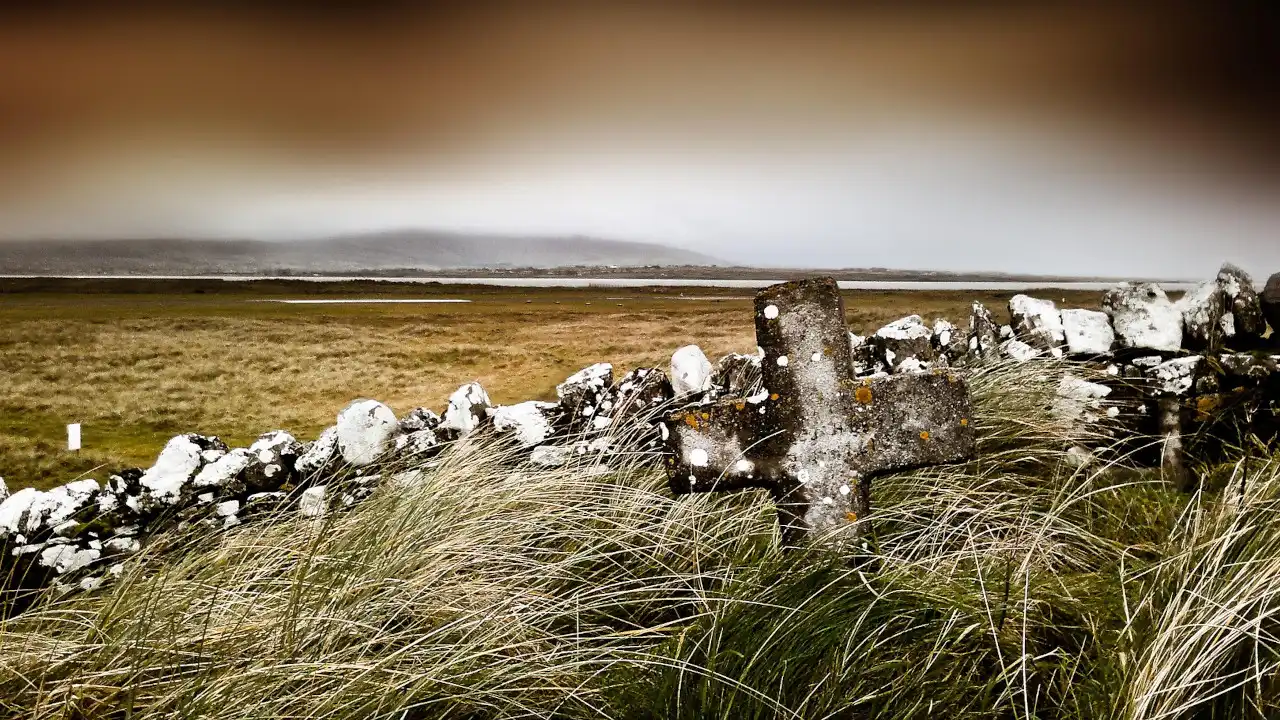The Main Question Words In Irish (Gaeilge)
Author

If you’ve learned how to say hello and introduce yourself in Irish, you’ve taken a fantastic first step. You can make statements.
But conversations are a two-way street, right?
To really start talking with people, you need to be able to ask questions. Questions are the engine of conversation. They show you’re interested, they help you learn new things, and they keep the chat flowing.
Today, we’re going to cover the absolute essential toolkit for any Irish learner: the main question words. Think of these as your keys to unlocking real, back-and-forth communication in Irish.
We’ll keep it simple and straight-to-the-point, just like we do in the Talk In Irish course.
Table of Contents:
Let’s dive in.
Here’s a quick summary table of the words we’ll be looking at.
| Irish (Gaeilge) | English |
|---|---|
| Cé? | Who? |
| Cad? / Céard? | What? |
| Cá? / Cá háit? | Where? |
| Cathain? | When? |
| Cén fáth? | Why? |
| Conas? | How? |
| Cé mhéad? | How much/many? |
| Cén? | Which? |
1. Who? - Cé?
This is your go-to for asking about people. It’s simple and direct.
The most common way you’ll use it is to ask who someone is.
Cé hé sin?
Cé hí sin?
Notice the small change: we use hé for “he” and hí for “she”.
2. What? - Cad? / Céard?
You’ve got two main options here, and both are very common.
Cad? is probably the one you’ll see most often in textbooks. Céard? is extremely common in conversation, especially in Connacht and Ulster Irish. Think of Céard? as a slightly different flavour of “what?“.
Cad é sin?
Cad is ainm duit?
Céard atá tú a dhéanamh?
For a beginner, you can use Cad? and everyone will understand you perfectly.
3. Where? - Cá?
When you need to know a location, Cá? is the word you need. You’ll sometimes hear it expanded to Cá háit? which literally means “what place?”, but Cá? works perfectly on its own.
The most famous example, which you probably already know, is:
Cá bhfuil tú?
Cá bhfuil an scoil?
4. When? - Cathain?
This one is for asking about time - not the time on the clock, but when an event happens.
Cathain a bheidh an cóisir ann?
Cathain a bhfuil tú ag teacht?
5. Why? - Cén fáth?
This literally means “what reason?“. Instead of a single word for “why”, Irish uses this two-word phrase.
Don’t try to break it down; just learn Cén fáth? as the chunk that means “Why?“.
Cén fáth a bhfuil brón ort?
Cén fáth ar dhúirt tú é sin?
6. How? - Conas?
This is one of the first question words every learner comes across. It’s used to ask about the way something is, or the way something is done.
Conas atá tú?
Conas a dhéanann tú é sin?
7. How much / How many? - Cé mhéad?
Another two-word term for you.
Cé mhéad? covers both “how much?” (for things you can’t count, like water or money) and “how many?” (for things you can count, like people or books).
Cé mhéad a chosnaíonn sé?
Cé mhéad duine atá ann?
8. Which? - Cén?
This word is a little different because it always needs another word right after it. You can’t just ask Cén? on its own. You have to ask “Which thing?“.
It causes a small grammatical change called lenition (adding an ‘h’) to the start of the next word, but don’t worry too much about that for now.
Cén leabhar?
Cén t-am é?
That last one, Cén t-am é?, is a perfect example of a phrase to learn as a single phrase.
When you’re starting out, don’t think of Conas atá tú? as three separate words: “How” + “are” + “you”.
That’s slow and inefficient.
Instead, learn Conas atá tú? as one single block - a chunk - that means “How are you?“. Your brain will process it much faster, and you’ll sound more natural. The question words above are the building blocks for thousands of these useful chunks.
There you have it - the essential question words that form the backbone of any conversation in Irish.
Don’t feel like you need to memorize them all right now. Pick one or two, like Cé? and Cad?, and try to use them. Ask yourself “What is that?” (Cad é sin?) as you walk around your house.
This is how real language learning happens: bit by bit. By learning these simple question patterns, you’re not just memorizing vocabulary; you’re building the framework for real, spontaneous conversation.
Keep at it!
Slán.